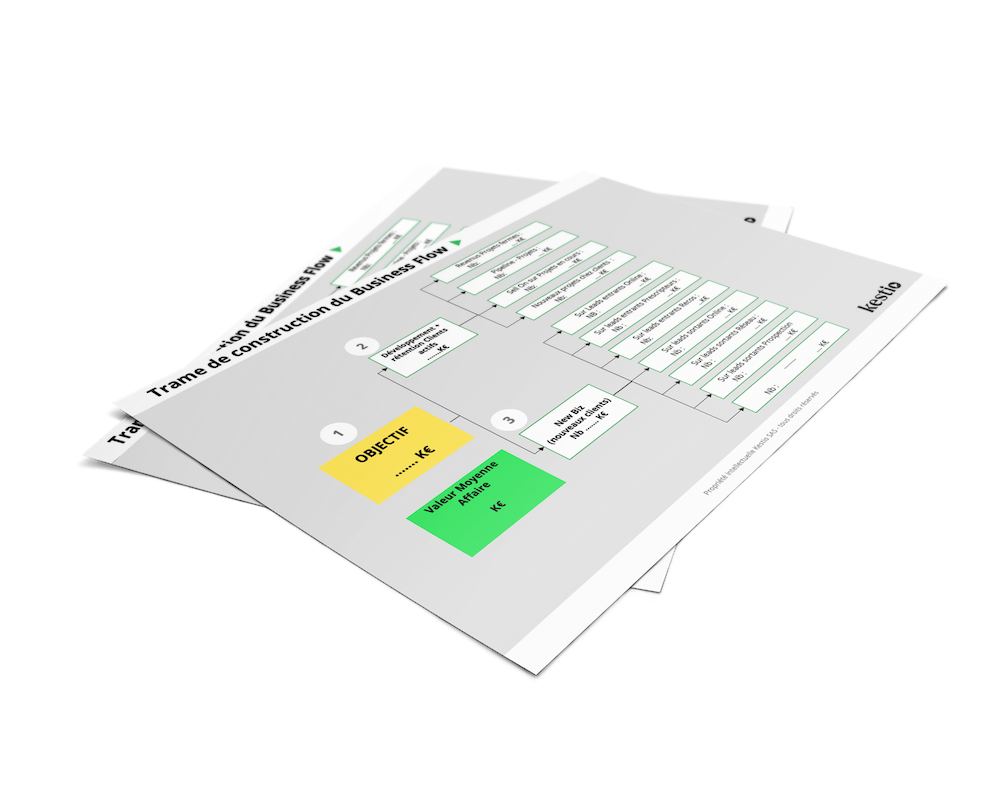Developing a sales action plan is a strategic step for the successful deployment of your business strategy. However, it unfortunately happens too often that the execution of this plan proves to be too far removed from the defined objectives and criteria.
How then to build an action plan actually implemented by your teams? Our President, Fabien Comtet, answers this question during this Webinar!
Sales Action Plan: definition
Many definitions can correspond to the action plan. At KESTIO, we define this plan as the characterization of various elements allowing us to define objectives and break them down into global actions on the commercial dimension of a company.
While the business plan has a financial connotation and the strategic plan an orientation connotation, the sales action plan refers to the implementation of the company's strategy on commercial issues.
Common pitfalls to avoid
There are several pitfalls to avoid to ensure your action plan doesn't become a static tool and is actually used by your teams.
One of the first pitfalls is asking your sales representatives for an estimate of their sales without even defining their objectives beforehand. To illustrate this point, this approach would be like asking them to reveal their hand during a poker game before even knowing the stakes! The sales action plan should not be solely focused on "results."
Another frequently observed pitfall is duplicating your plan from the past year for the upcoming year, without taking into account the evolutions of your sales force, your company, or your market. This approach will lead to the establishment of a certain routine, which is detrimental to your company's productivity!
Discover other pitfalls to avoid in our Webinar.
Sales action plan: keys to success
After learning about the pitfalls to avoid when developing your sales action plan, discover some keys to success to optimize its deployment as much as possible.
One of the first keys to success in a sales action plan is to prioritize what you can control: targets, actions, and the sales process cycle. Defining these three elements will then provide a certain specification for your sales representatives, who will then know within what scope to act. These three characteristics are also elements on which your sales representatives can directly act.
To successfully define targets, actions, and cycles, various tools are available. A SWOT analysis will help identify your opportunities and threats, while a “speed boat” analysis will reveal your strengths and weaknesses.
Another essential tool for the development and execution of your sales action plan is the business flow. A business flow is a tree structure, usable collectively or individually, allowing you to link and compare the implementation of your actions according to your objectives.
We suggest developing this business flow using our construction framework, which you can download and complete yourself! To download this framework, click on this link.






